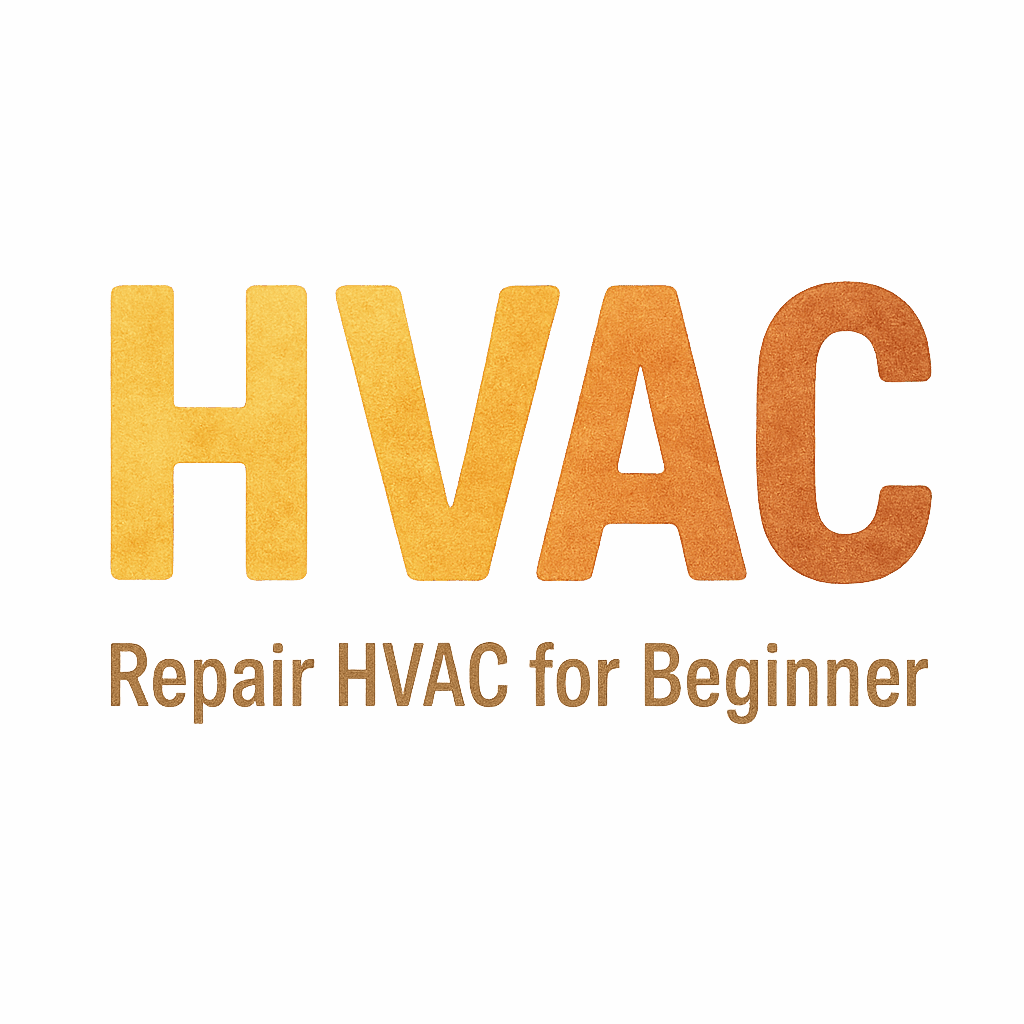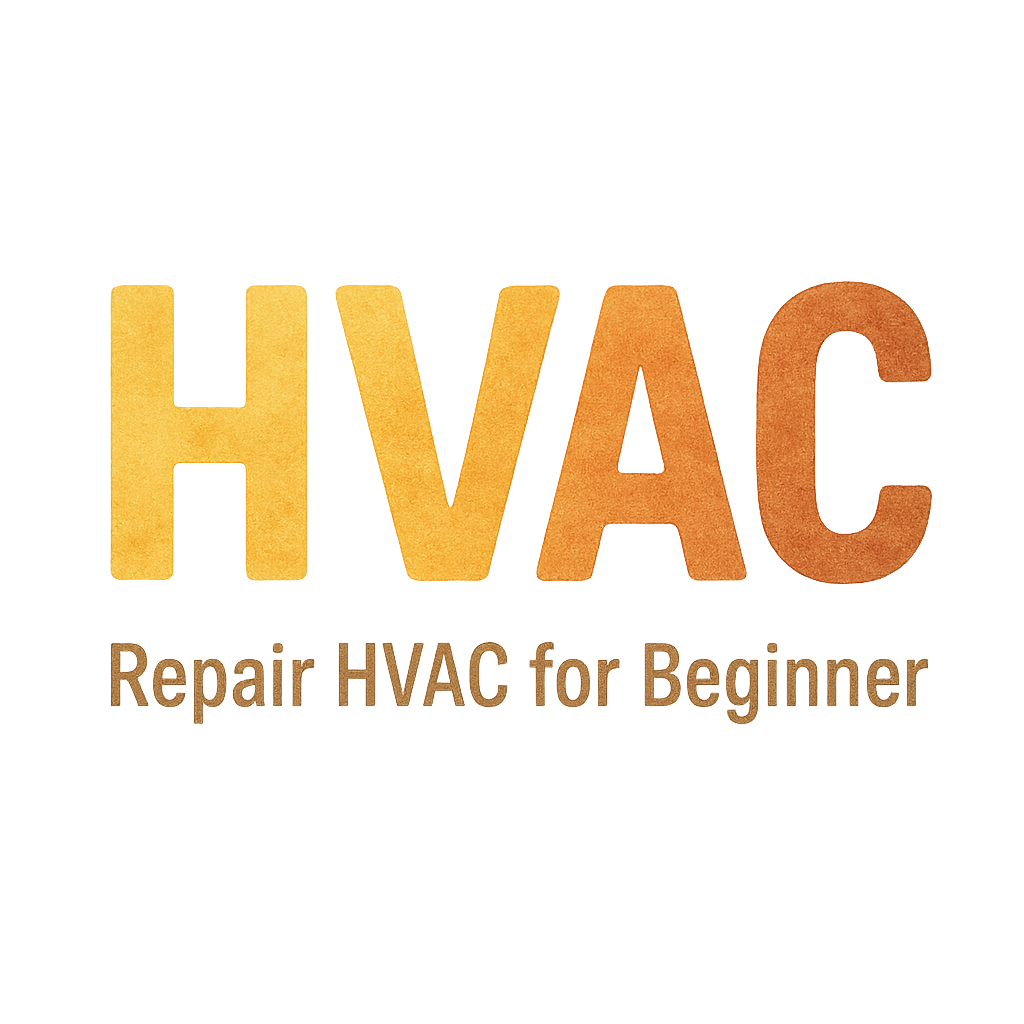Introduction: Why Cleaning Your HVAC System is Crucial
Your HVAC system plays a critical role in maintaining a comfortable temperature in your home. However, like any system, it requires regular cleaning to run efficiently. Over time, dirt, dust, and debris build up, leading to poor airflow, reduced system efficiency, and higher energy bills. If you’ve noticed that your system isn’t working as well as it used to, it might be time for a good cleaning.
In this guide, we’ll walk you through the 10 essential steps to clean your HVAC system properly and ensure that it runs smoothly throughout the year. Regular cleaning can extend the life of your unit, improve air quality, and save you money on energy costs.

Step 1: Turn Off the Power and Safety First
Before you begin any cleaning process, safety should always come first. Make sure to turn off the power supply to your HVAC system to avoid any electrical accidents. This can typically be done by switching off the thermostat or turning off the circuit breaker.
For additional safety, consider wearing protective equipment like gloves and goggles. This is especially important if you’re using cleaning chemicals or handling sharp components.
HVAC Maintenance: Why Safety Matters
Step 2: Inspect and Replace the Air Filter
A dirty air filter is one of the most common causes of HVAC inefficiency. When the filter is clogged, airflow is restricted, forcing the system to work harder, which can lead to overheating and higher energy costs.
It’s essential to check your air filter every month and replace it every 1-3 months, depending on the type. Always ensure you purchase the correct filter size for your system.
How to Replace Your HVAC Air Filter
Step 3: Clean the Coils
Both the evaporator and condenser coils play essential roles in the cooling process. If these coils become dirty, your system can’t absorb or release heat as effectively.
Cleaning the Evaporator Coils
The evaporator coils absorb heat from the indoor air. Over time, dust can accumulate on these coils, affecting their performance. Use a soft brush or a vacuum cleaner to gently remove the dust, and spray a coil cleaner if necessary.
Cleaning the Condenser Coils
Condenser coils, located outside, are exposed to the elements and can accumulate dirt, leaves, and debris. Clean these coils by gently hosing them down, being careful not to damage the coils with high-pressure water. Keeping these coils clean ensures that your HVAC system won’t overheat during the cooling process.
Coil Cleaning for Optimal HVAC Performance
Step 4: Clear the Drain Line
The drain line is responsible for carrying away the moisture that the air conditioning unit collects. Over time, algae and debris can clog the drain, leading to leaks or mold growth.
To clear the line, you can use a wet-dry vacuum or a pipe-cleaning tool. A mixture of vinegar and water can also be poured into the drain line to break up clogs. This ensures that the system can properly expel moisture, preventing mold and other water-related problems.
How to Prevent HVAC Drain Line Clogs
Step 5: Check the Insulation
Proper insulation ensures that your HVAC system maintains the desired temperature without wasting energy. If your insulation is worn or damaged, it can lead to inefficiencies and higher energy bills.
Check the ductwork insulation for any damage. If needed, replace or add additional insulation to improve efficiency. Proper insulation also helps reduce the strain on your system, preventing it from overworking.
How Insulation Affects HVAC Efficiency
Step 6: Clean the Ductwork
Over time, dust, dirt, and debris can accumulate inside your ductwork. Cleaning the ducts ensures that the air flowing through your HVAC system is clean and doesn’t carry dust particles into your living spaces.
You can clean the ducts using a vacuum with a long hose attachment or hire a professional duct cleaner to do the job. It’s important to clean both the return and supply ducts to maintain optimal airflow.
Ductwork Cleaning for Better Air Quality
Step 7: Clean the Blower and Fan
The blower and fan inside your HVAC system are responsible for circulating air. When these components are dirty, airflow is reduced, and your system becomes less efficient. Dust can build up on the blower wheel and fan blades, leading to further problems like noise and vibration.
To clean the blower and fan, use a vacuum cleaner with a soft brush attachment. Be careful not to damage the components. Proper cleaning of these parts can help your HVAC system run more efficiently and quietly.
Fan and Blower Maintenance Tips
Step 8: Inspect and Clean the Condenser Unit
The condenser unit is located outside your home and helps release the heat absorbed by your HVAC system. Over time, dirt, leaves, and debris can block the airflow to the unit, which can cause it to overheat.
Make sure the area around the condenser is clear of debris. Check for any blockages, such as leaves, and remove them. Clean the unit by gently hosing down the coils, and inspect it for any visible signs of damage.
Condenser Unit Cleaning and Maintenance
Step 9: Test the System After Cleaning
Once you’ve cleaned all the major components, it’s time to test your HVAC system. Turn the power back on and adjust the thermostat. Make sure that both the heating and cooling functions are operating as expected.
Run the system through its cycle and listen for any strange noises, such as rattling or grinding. Check the airflow from the vents to ensure that the air is circulating properly.
How to Test Your HVAC System After Maintenance
Step 10: Schedule Regular Maintenance
The best way to ensure that your HVAC system stays in top condition is by scheduling regular maintenance. Annual inspections and cleaning can prevent major issues from developing and help you avoid costly repairs.
Make it a habit to have your HVAC system inspected by a professional at least once a year. Routine maintenance can help catch small problems before they turn into big ones, saving you both time and money in the long run.
Why Regular HVAC Maintenance Matters
Conclusion
Cleaning your HVAC system is an essential task that should not be overlooked. By following these 10 steps, you can improve the efficiency of your HVAC system, reduce energy consumption, and extend the lifespan of your unit. Regular maintenance also helps keep the air in your home clean and reduces the risk of costly breakdowns.
If you’re unsure about performing some of these tasks, don’t hesitate to contact a professional HVAC technician for help. With the right care, your HVAC system can keep your home comfortable for years to come.
FAQs
1. How often should I clean my HVAC system?
It’s recommended to clean your HVAC system at least once a year. Regularly change the air filter every 1-3 months and check the system’s coils and ducts annually.
2. Can I clean my HVAC system myself?
Yes, you can clean many components, such as the air filter, blower, and condenser unit. However, some tasks, like cleaning the ductwork or coils, may require professional assistance.
3. Why is my HVAC system not cooling or heating properly after cleaning?
If the system isn’t working properly after cleaning, it could be a sign of a more significant issue, such as low refrigerant or an electrical problem. Consider contacting a professional for an inspection.
4. What tools do I need to clean my HVAC system?
To clean your system, you’ll need a vacuum, soft brushes, a hose, and possibly some cleaning solutions like coil cleaner or vinegar.
5. How can I improve the efficiency of my HVAC system?
Regularly cleaning the air filter, coils, and ducts, and maintaining proper insulation can help improve the efficiency of your HVAC system.
6. Can a dirty air filter increase my energy bills?
Yes, a dirty air filter restricts airflow, making your HVAC system work harder and consume more energy.
7. Is HVAC maintenance covered under warranty?
Some warranties may require regular maintenance to remain valid. Be sure to check the terms of your warranty and schedule inspections accordingly.


